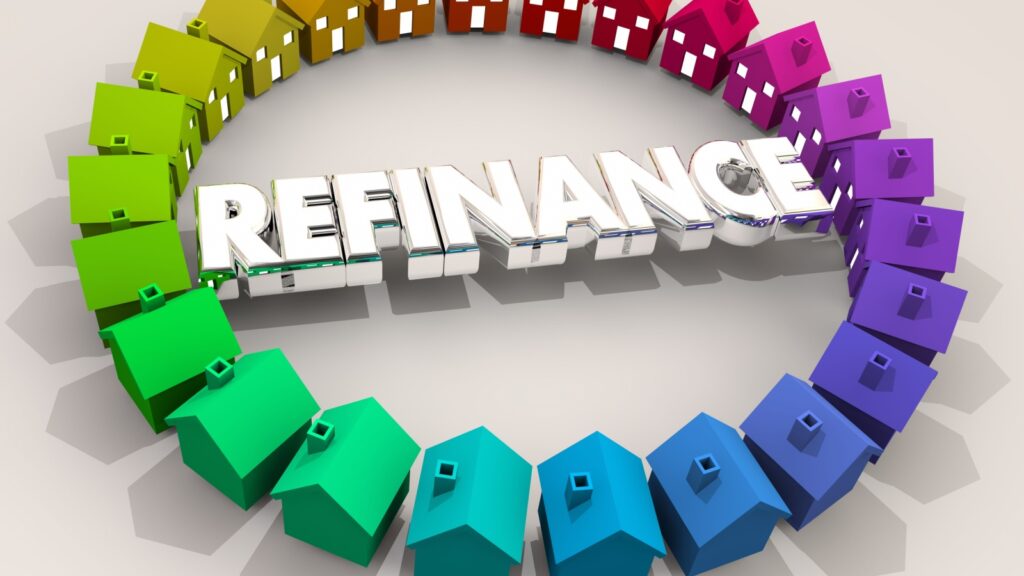As the year draws to a close, Canadians have a valuable opportunity to review their finances and take action that can improve their financial position in the year ahead. Year-end planning can help maximise tax savings, reduce unnecessary expenses, and set the stage for achieving future goals. Here are 20 practical budget moves every Canadian should make before year-end.
Review Your Annual Income and Expenses

Before the year ends, analyse your total income from all sources, including employment, investments, and side earnings. Compare this with your actual expenses to see where your money went. Identify categories where you overspent and note any underused budget allocations. This exercise helps you spot spending patterns and unnecessary costs. Keep all receipts and bank statements organised for accuracy. Use a spreadsheet or budgeting app for clarity. Reviewing finances now allows you to make informed adjustments before January. You can start the next year with a clear understanding of your financial standing and realistic spending goals.
Maximise RRSP Contributions Before the Deadline
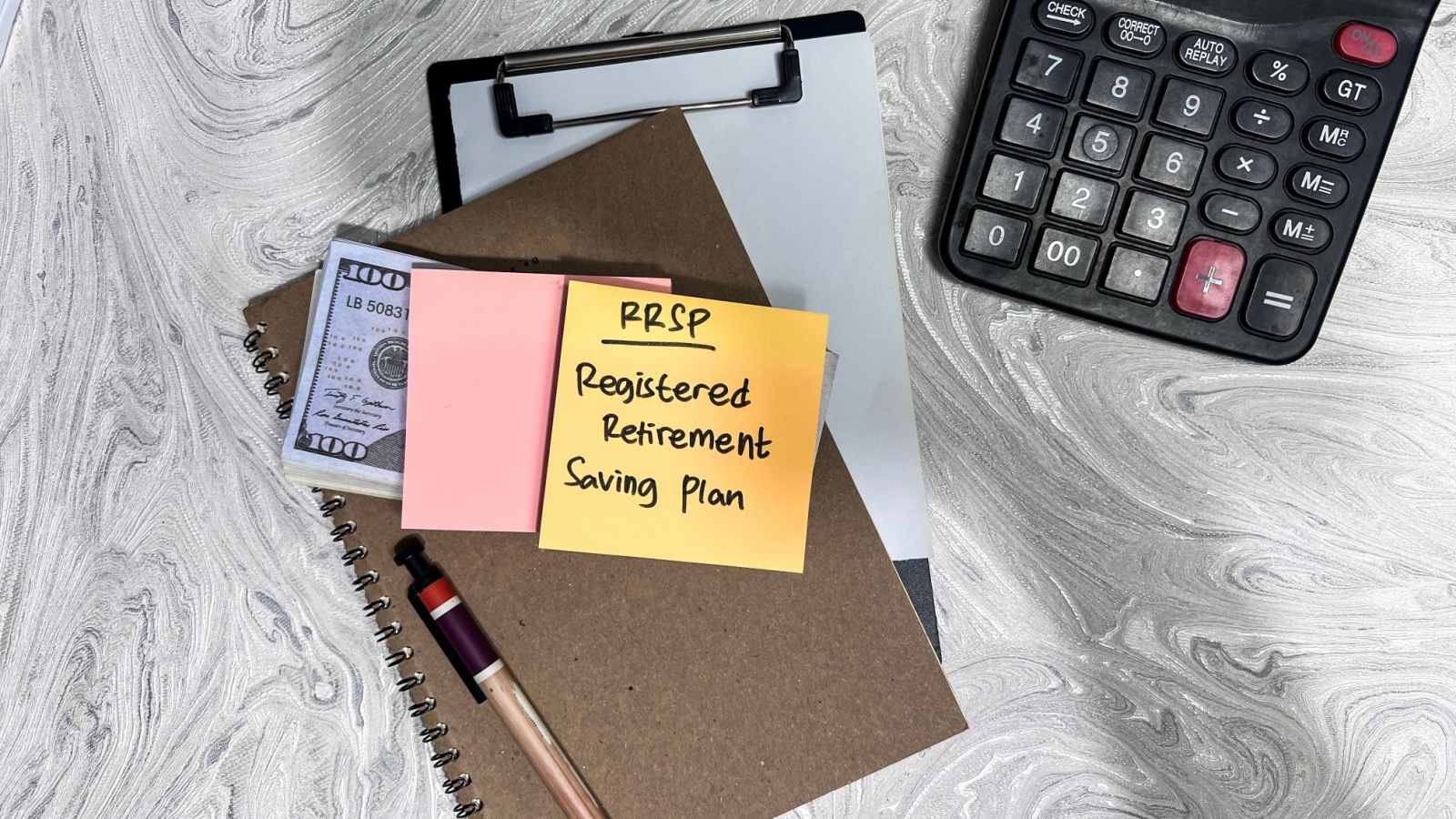
The Registered Retirement Savings Plan (RRSP) deadline for contributions usually falls 60 days into the new year, but making your deposit before year-end offers earlier tax benefits. Contributions reduce your taxable income, potentially lowering the amount you owe to the Canada Revenue Agency (CRA). Check your available RRSP room on your latest Notice of Assessment. If you expect to be in a higher tax bracket this year, contributing more now can result in greater tax savings. Consider setting up automatic transfers to avoid missing deadlines. Ensure investments within your RRSP are aligned with your retirement objectives and risk tolerance.
Contribute to Your TFSA for Tax-Free Growth
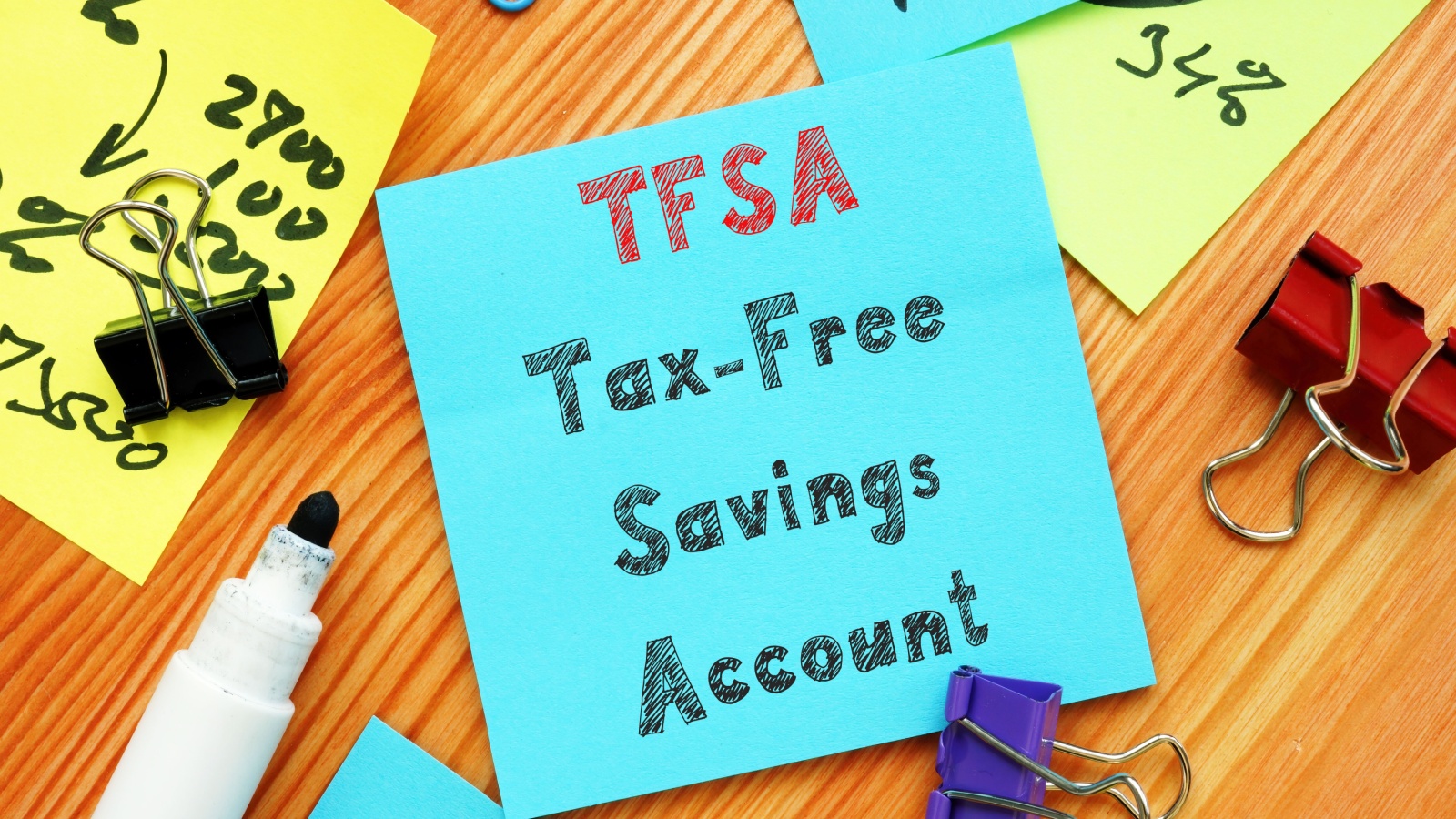
The Tax-Free Savings Account (TFSA) allows your investments to grow without incurring tax on gains or withdrawals. If you have unused contribution room for the year, it is wise to add funds before December 31. This maximises the time your money has to compound. Annual limits change periodically, so confirm the current year’s cap on the CRA website. Withdrawals do not affect government benefits like Old Age Security. Contributions can be invested in various vehicles, including stocks, bonds, and mutual funds. Tracking your TFSA deposits prevents over-contribution penalties and ensures you make the most of this tax-efficient savings tool.
Pay Down High-Interest Credit Card Debt

High-interest credit card balances can significantly erode your financial progress. Prioritise paying these debts before the year closes to reduce interest charges. Start by listing all debts with their respective interest rates and focus on the highest first. Consider transferring balances to a lower-interest line of credit if available. Paying more than the minimum required each month speeds up repayment and lowers total interest paid. Avoid adding new charges to these cards while you are reducing the balance. This approach not only improves your credit score but also frees up cash flow for savings and investment in the next year.
Claim All Eligible Tax Credits and Deductions
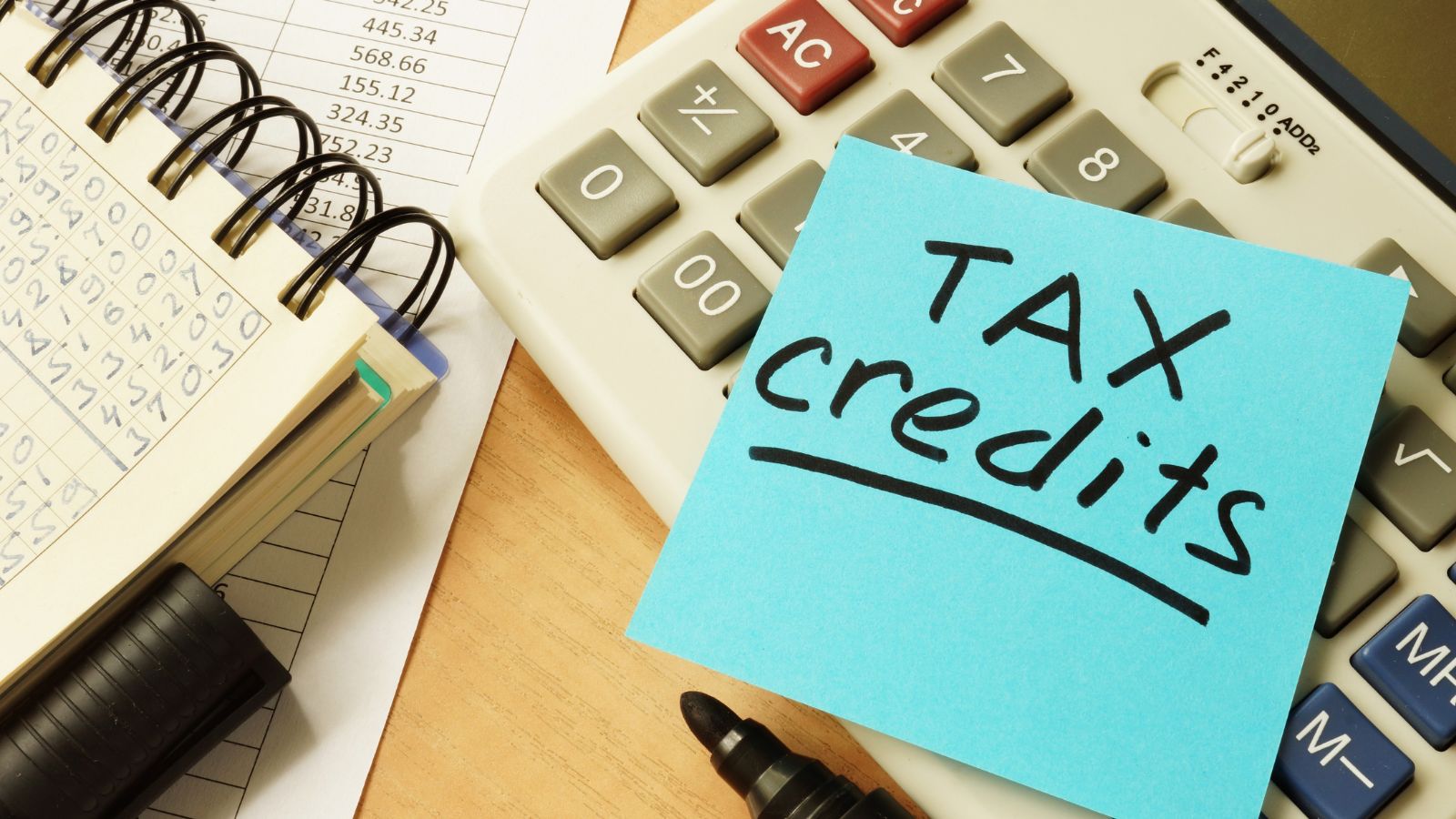
Review your financial records to ensure you claim every credit and deduction you qualify for when filing taxes. Common examples include tuition fees, medical expenses, moving costs, and charitable donations. Keep receipts and relevant documents organised for easy reference. Tax credits directly reduce the amount you owe, while deductions lower your taxable income. The CRA website provides detailed lists of eligible items and requirements. Claiming all entitlements ensures you do not overpay taxes and may result in a larger refund. Being thorough in this process can free up additional funds for savings, investments, or debt repayment in the new year.
Reassess Your Monthly Subscription Services

Many Canadians sign up for streaming, fitness, and other subscription services but rarely use them fully. Review each active subscription and calculate the annual cost. Cancel those you no longer need or use infrequently. For services you still value, check if switching to an annual plan offers savings. Some companies allow you to pause subscriptions without losing your account history. Consolidating similar services into a single provider can also reduce expenses. Doing this review before year-end ensures you start the new year without paying for unnecessary services and frees up funds for more important financial priorities.
Use Remaining Health or Wellness Benefits

Employer-provided health and wellness benefits often have an annual expiry date, with unused amounts not carrying over. Check your coverage for dental, vision, prescription, and wellness allowances. Book appointments or make purchases before the benefits reset. Even small reimbursements add up and reduce out-of-pocket expenses. Many plans also cover preventive care, such as check-ups or vaccinations. If you have a Health Spending Account, submit all eligible claims before the cut-off date. Taking full advantage of available benefits helps maintain your health while maximising the value of your employment package. Avoid leaving any entitled funds unused as the year ends.
Make Charitable Donations for Tax Receipts

Donations made to registered charities before December 31 can generate a tax receipt for the current year’s return. The Canadian tax credit for donations increases once your total contributions exceed CA$200 in a year. Ensure the organisation is CRA-registered to qualify. Keep official receipts for all donations, whether made in cash, securities, or goods. Donating publicly traded securities can also help avoid capital gains tax. Consider focusing contributions on causes that align with your values. Making donations before year-end allows you to both support meaningful work and reduce your tax liability, providing a direct financial benefit in the new year.
Top Up Registered Education Savings Plans (RESPs)

RESPs allow parents and guardians to save for a child’s post-secondary education while benefiting from government grants. The Canada Education Savings Grant (CESG) matches 20% of annual contributions, up to CA$500 per child. To maximise this benefit, make sure you contribute enough before December 31. If you have unused grant room from previous years, topping up now can help catch up faster. Funds within an RESP grow tax-deferred until withdrawn for education expenses. Review your investment choices within the account to ensure they match your time horizon and risk tolerance. Missing the deadline delays both growth and grant opportunities.
Take Advantage of Employer Matching Programmes

If your employer offers matching contributions to retirement savings or other investment plans, contribute enough to receive the full match. This is essentially free money that boosts your savings rate without additional tax consequences. Check the plan rules to confirm deadlines, as some may require contributions before year-end to qualify. Matching programmes can be part of a group RRSP, pension, or stock purchase plan. Ensure you understand the vesting schedule and any restrictions on withdrawals. Failing to contribute enough to capture the full match means leaving valuable benefits unused, which can unnecessarily slow your long-term wealth-building progress.
Shop Year-End Sales for Planned Purchases

Year-end clearance sales can offer significant savings on items you were already planning to buy. Make a list of necessary purchases in advance to avoid impulse spending. Compare prices across multiple retailers and look for additional discounts through loyalty programmes or credit card offers. For big-ticket items such as electronics or appliances, check warranty and return policies before purchasing. If possible, combine sales with cashback or points promotions for extra value. Shopping strategically during year-end sales ensures you secure the best prices while staying within budget, helping you stretch your money further without sacrificing quality or necessity.
Review and Adjust Your Investment Portfolio
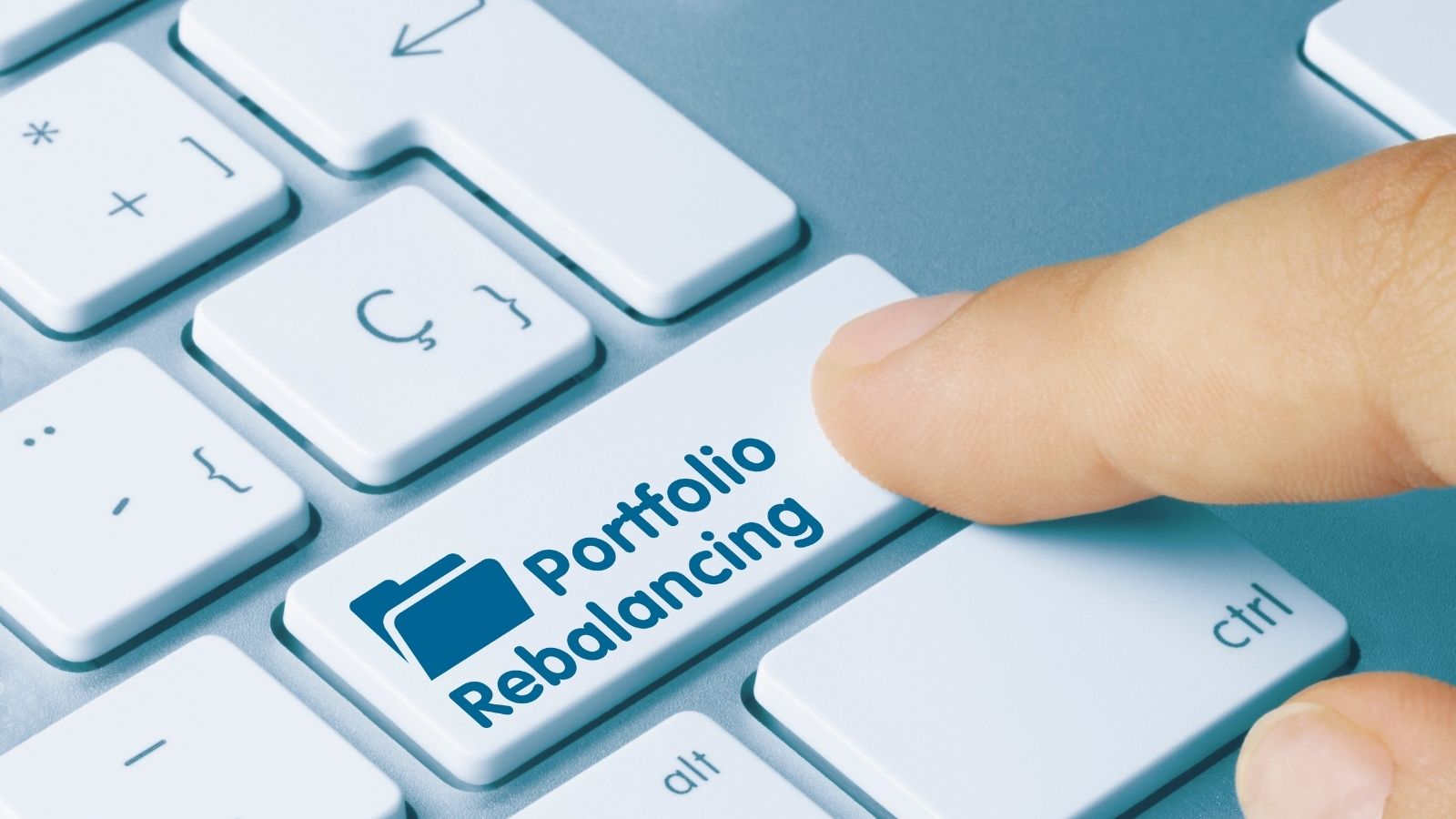
Before the year ends, assess your investment portfolio’s performance against your financial goals. Check the balance between asset classes such as equities, fixed income, and cash. If market fluctuations have shifted your allocation, consider rebalancing to maintain your target risk level. Review individual investments for underperformance and decide whether to hold, sell, or replace them. Ensure your portfolio aligns with both your short-term needs and long-term objectives. Tax-loss selling before December 31 can offset capital gains, potentially lowering your tax bill. Regular portfolio reviews help you stay on track and adapt to changes in market conditions or personal circumstances.
Use Up Flexible Spending Account (FSA) Balances
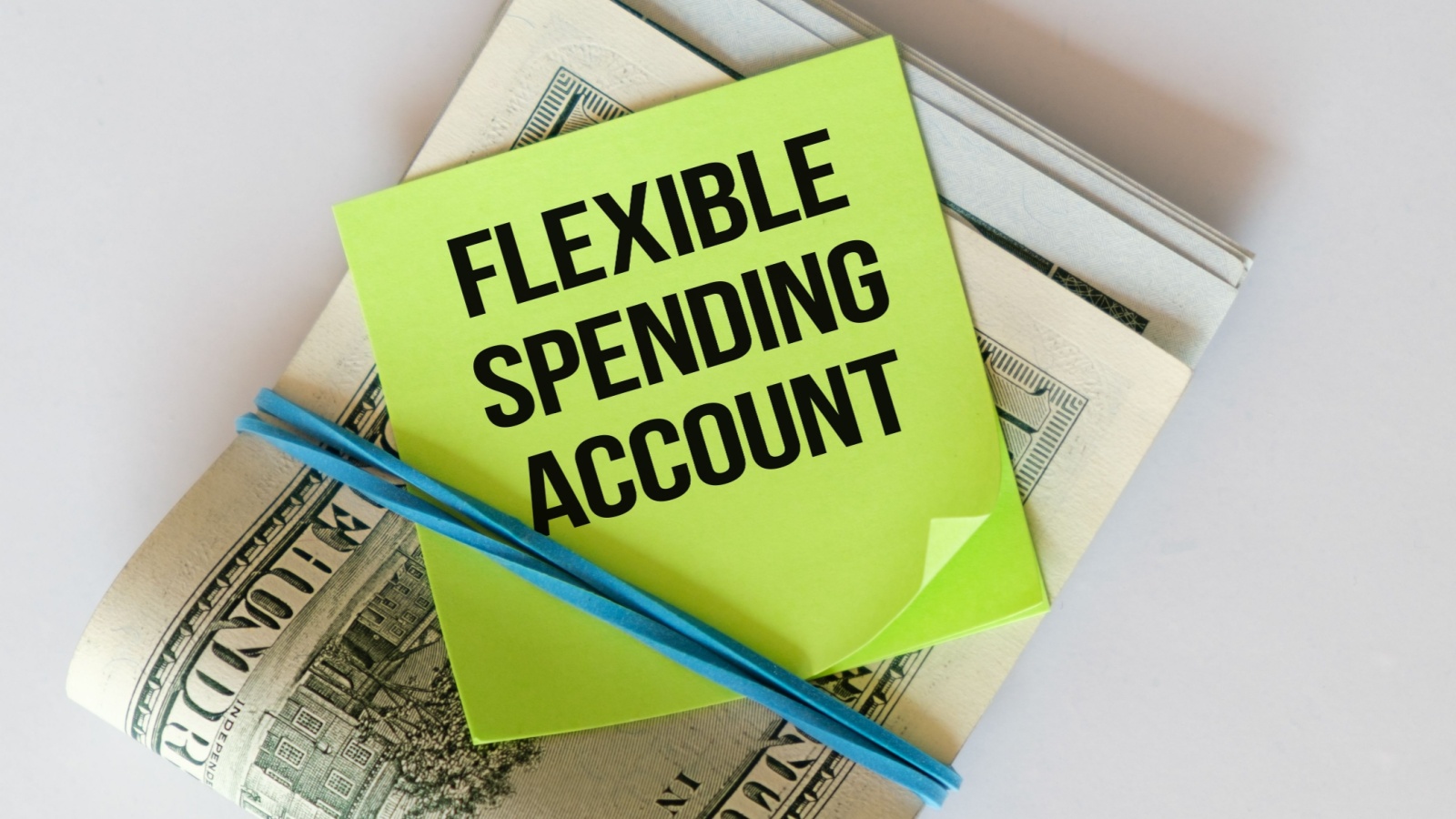
If you have a Flexible Spending Account through your employer, check whether any remaining balance must be used before year-end. FSAs often have “use-it-or-lose-it” rules, meaning unused funds are forfeited. Eligible expenses can include medical, dental, vision, or certain over-the-counter items. Review the plan’s covered expenses list and keep all receipts for reimbursement. Some employers offer a brief grace period into the next year, but it is best not to rely on it. Using the remaining balance before the deadline ensures you get full value from your contributions and avoid losing money you have already set aside.
Switch to Lower-Cost Insurance or Service Providers

Review your current insurance policies, internet plans, mobile contracts, and other ongoing services to see if better rates are available. Comparing quotes from multiple providers can reveal potential savings without sacrificing coverage or quality. Many companies offer new-customer discounts or promotional rates if you switch. If changing providers is not ideal, contact your current supplier to negotiate a lower rate. Bundling services such as home and auto insurance can also reduce costs. Making these adjustments before the year ends allows you to lock in lower expenses for the new year, improving your monthly cash flow and overall budget efficiency.
Create a Realistic Budget for the New Year
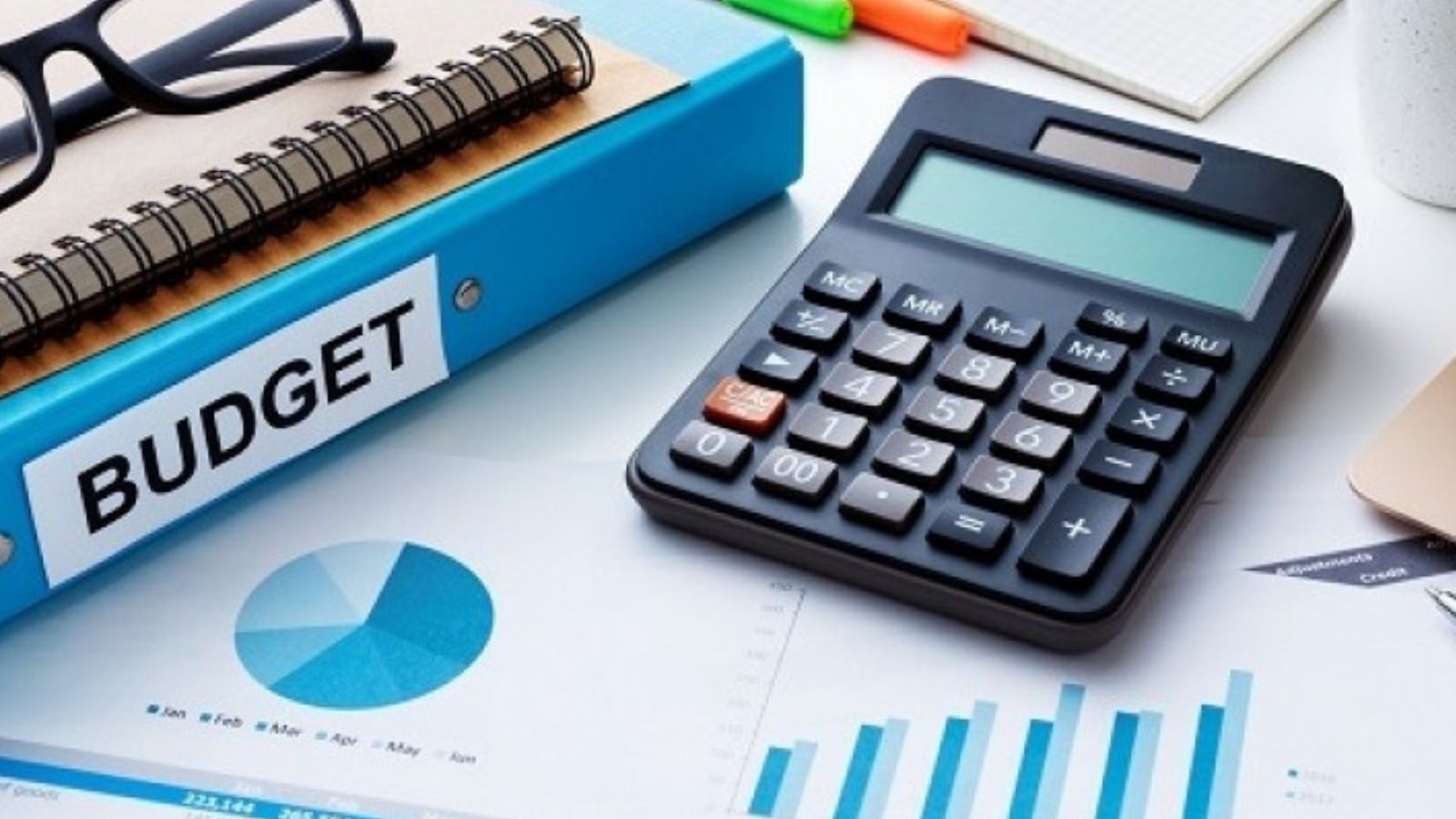
A well-structured budget helps control spending and directs funds towards your priorities. Use your past year’s financial data to create accurate estimates for each category, including fixed and variable expenses. Factor in any expected changes, such as salary adjustments, new bills, or planned purchases. Allocate a portion of income towards savings and debt repayment. Use budgeting tools or spreadsheets to track progress throughout the year. A realistic budget is achievable without being overly restrictive, ensuring you can meet obligations while still enjoying discretionary spending. Starting the new year with a clear financial plan increases your chances of staying on track.
Build or Replenish Your Emergency Fund

An emergency fund provides a financial buffer for unexpected expenses such as car repairs, medical bills, or job loss. Aim for three to six months’ worth of essential living costs in an easily accessible account. If your fund has been depleted during the year, prioritise replenishing it before directing money to less urgent goals. Even small, regular contributions help build stability over time. Consider setting up an automatic transfer to make saving effortless. Having a fully funded emergency reserve before the year ends gives you financial security and reduces reliance on high-interest debt during unforeseen circumstances.
Take Inventory of Loyalty Points and Rewards

Loyalty programmes, credit card rewards, and store points can lose value or expire if unused. Review balances across all accounts and check for upcoming expiration dates. Redeem points for travel, gift cards, merchandise, or bill credits where possible. Consolidating points in fewer programmes can make redemption easier and more valuable. Some rewards can be combined with sales or promotions for additional savings. Treat loyalty points as part of your financial resources and plan their use strategically. Doing this before year-end ensures you get maximum value from the rewards you have accumulated and prevents benefits from going to waste.
Prepay Certain Bills to Reduce Next Year’s Load

Prepaying recurring bills such as property taxes, utilities, or insurance premiums can reduce your financial burden in the coming year. This strategy is beneficial if you expect higher expenses or reduced income soon. Some prepayments may also qualify for tax deductions, depending on the expense type. Check with your service providers for any discounts on early payments. Ensure that prepaying does not strain your current cash flow or limit your ability to cover other obligations. By paying ahead now, you create more breathing room in your future budget and improve financial predictability.
Refinance High-Interest Loans if Possible
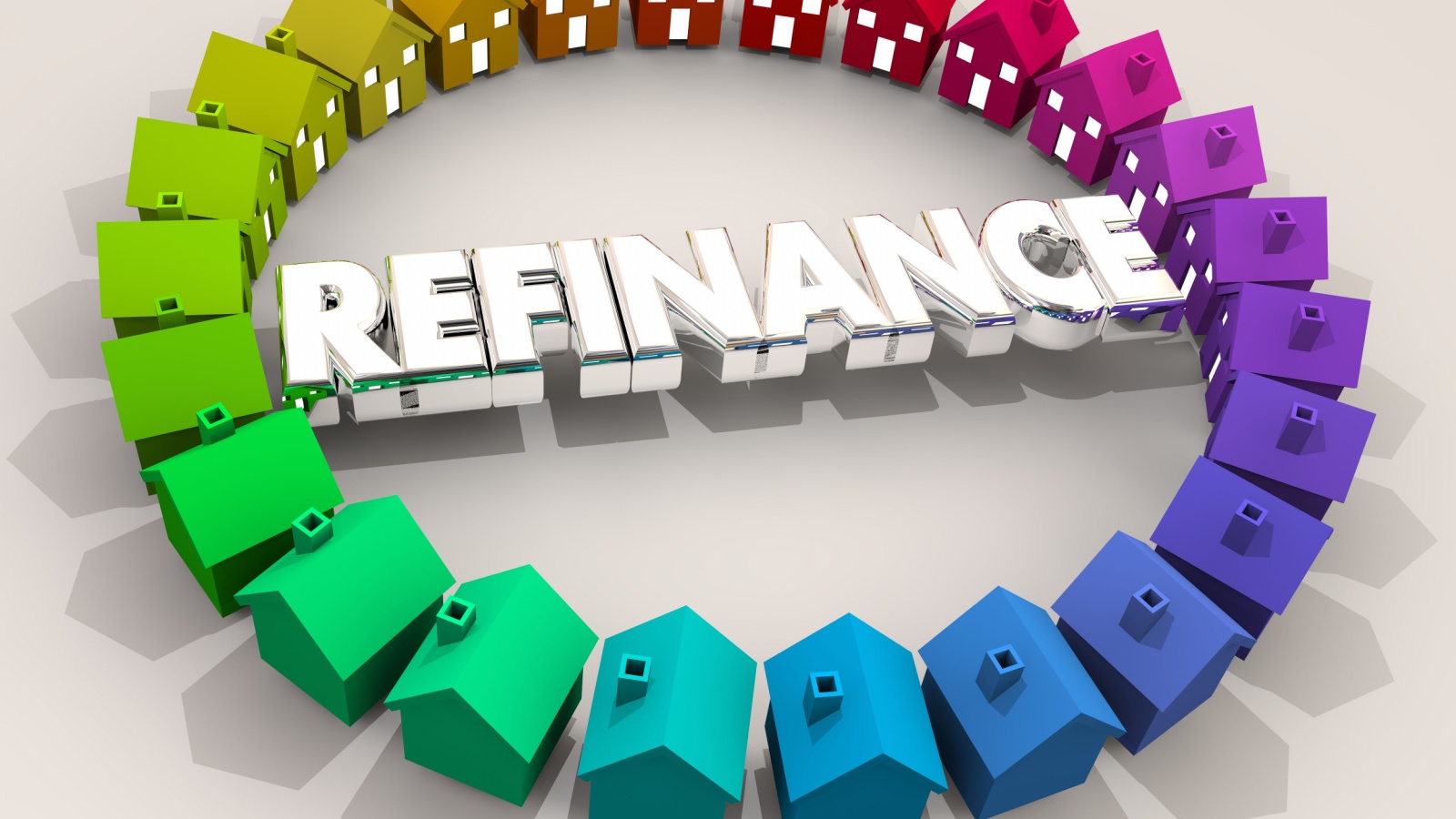
Refinancing can lower the interest rate on existing loans, reducing total repayment costs. Contact lenders to see if better terms are available, or compare offers from other financial institutions. This is especially valuable for high-interest personal loans, car loans, or mortgages. When refinancing, factor in any fees to ensure the savings outweigh the costs. Consider switching from variable to fixed rates if you prefer stable payments. By finalising refinancing before the year closes, you can begin the new year with reduced monthly obligations and more funds available for savings or debt repayment.
Set New Financial Goals for the Coming Year

Goal-setting gives direction to your financial decisions and helps you measure progress. Decide on specific, measurable objectives such as saving a set amount, paying off a particular debt, or increasing investments by a defined percentage. Break each goal into smaller, achievable steps with deadlines. Use reminders or tracking tools to stay accountable. Align your goals with both short-term needs and long-term plans, ensuring they are realistic based on your income and expenses. Setting clear financial targets before the year starts allows you to begin with focus and motivation, increasing the likelihood of achieving your desired outcomes.
21 Products Canadians Should Stockpile Before Tariffs Hit

If trade tensions escalate between Canada and the U.S., everyday essentials can suddenly disappear or skyrocket in price. Products like pantry basics and tech must-haves that depend on are deeply tied to cross-border supply chains and are likely to face various kinds of disruptions
21 Products Canadians Should Stockpile Before Tariffs Hit
